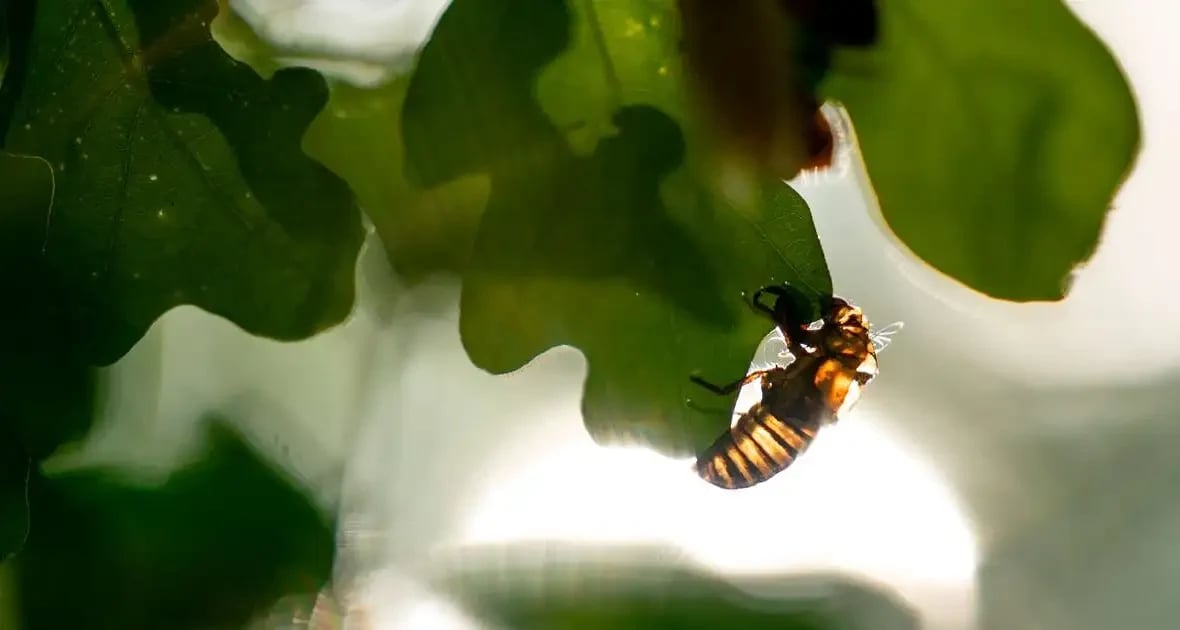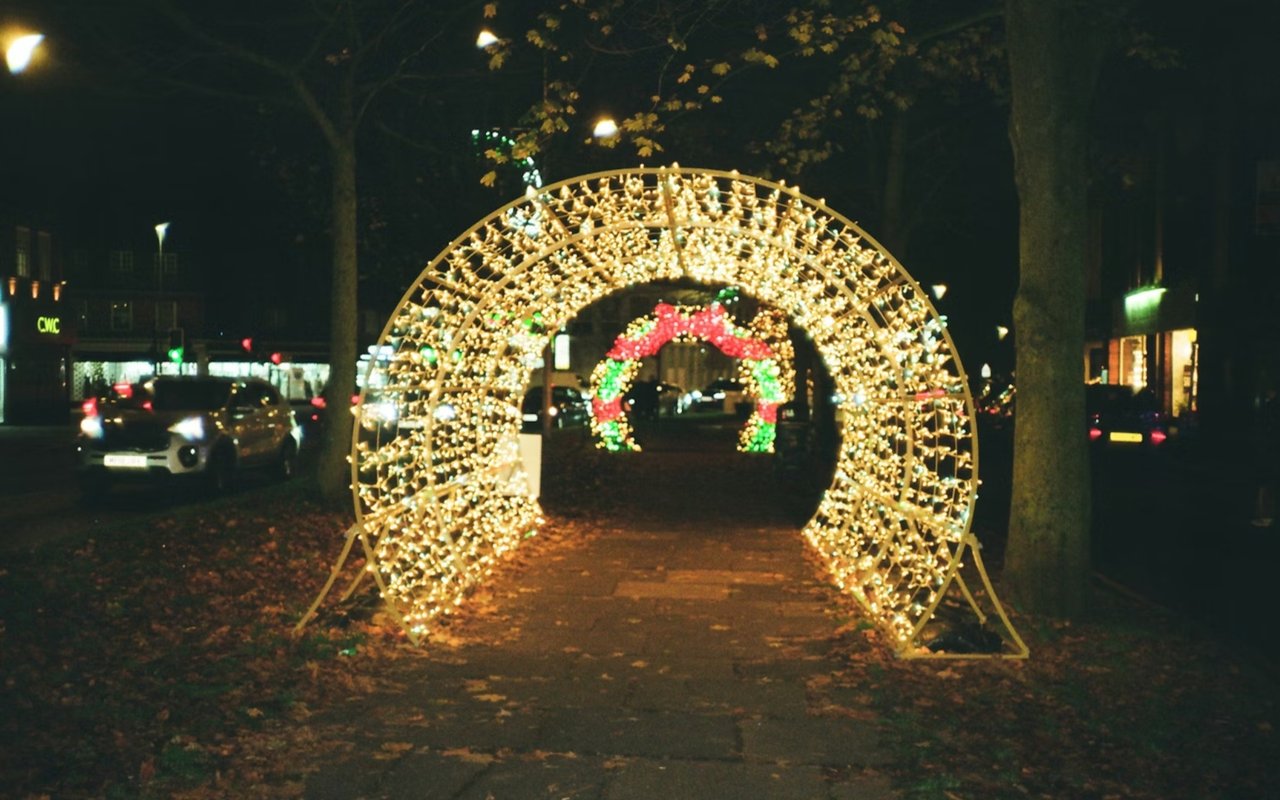There’s no doubt about it: The cicadas are here. If you haven’t heard any yourself, you’ve probably at least heard of them. You might even already know a little bit about the critters or their historic emergence. But if you’re wondering whether to worry about the periodic cicadas invading the Chicagoland area while you’re buying, selling or showing homes, read on for some real-estate-specific advice.
What’s the buzz about?
This is the first time in more than 200 years that two broods, XIX and XIII, have emerged from their extended slumbers at the same time. There isn’t much overlap in terms of where you’ll see both broods, but billions of periodic cicadas started popping up throughout the Midwest and Southeast in late May. Periodic cicadas are known for their red (sometimes white or blue) eyes, red wing veins and loud mating call. It’s important to know that the cicadas won’t bite or sting, and they’re more interested in serenading each other than in ruining your open house.
Cicada Hotspots
Some areas have reported higher concentrations of these noisy visitors, often in established suburban areas or leafy Chicago neighborhoods with lots of older growth. Western suburbs like Downers Grove and Oak Park have seen significant activity, as have North Shore suburbs like Lake Forest, Glencoe and Highland Park, and southern suburbs like Palos Park and Park Forest. Closer to the city, neighborhoods including North Park, Jefferson Park and Wildwood are reporting plenty of sightings.
Buyers: Embrace the adventure
For buyers, consider the cicadas nothing more than a temporary, if loud, inconvenience. A large number of cicadas on a property doesn’t mean that it’s infested, and in fact is merely a sign that there are plenty of mature trees nearby. Holes in the ground where cicadas emerged serve as a kind of natural aeration and won’t damage lawns. If you see netting around a tree, it also likely has nothing to do with the state of the tree itself but is more likely a sign of a conscientious homeowner making an effort to protect an immature tree from cicada damage to branches or trunks.
Sellers: A new kind of curb appeal
As a seller, you might be concerned that the cicada invasion will turn off potential buyers. Most buyers, though, will have heard about the emergence and won’t be fazed. Some may even be fascinated. And cicada calls can be a soothing reminder of lazy summer days. If you’re in a particularly cicada-prone area, you can sweep the shed exoskeletons (which are light brown and hollow) from sidewalks and from the base of trees, on fences and other vertical areas friendly to molting nymphs. You don’t have to cover any trees on the property with netting, but if you choose to do so, focus on younger trees that might not be able to withstand damage.
Showings: Don’t bug out
When showing homes, homeowners or their agents can be prepared with a broom to gently move any curious cicadas or shed shells away from entryways. Cicadas typically won’t fly very far from home base, but you might see an occasional traveler. If buyers express concern, you can remind them that it’s a rare phenomenon. If they buy now, they won’t have to deal with the periodic cicadas for another 17 years! Periodic cicada activity should be over by the beginning of July. And if worse comes to worse, earplugs are always an option.
Hearing them today, gone tomorrow
While the cicada invasion might seem like an odd challenge, it’ll also be a short-lived one. Maintain a sense of humor to turn this natural phenomenon into a positive part of the real estate experience. After all, in real estate, adaptability is key, and who knows—the cicadas might even help you seal the deal!




